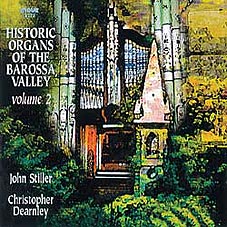St Petri Lutheran Church,
Eden Valley
B c.1910 Aug. Laukhuff, Weikersheim, Germany for residence of Theo. Geyer;
installed present location 1940.
1 manual, 6 speaking stops, 4 couplers, tracker action
Man: 8.8.8.4.4. Ped: 16.
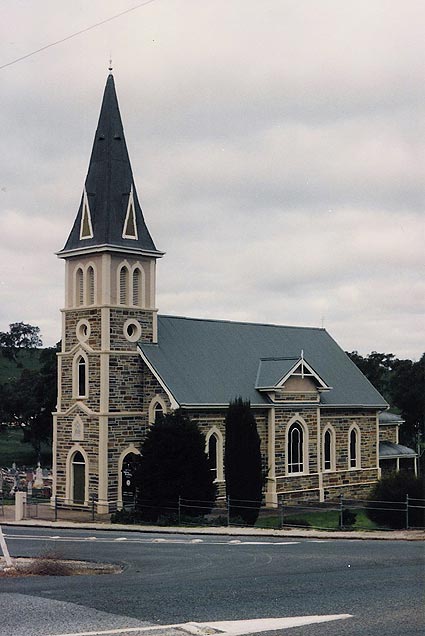
Photo: TB
Eden Valley is an attractive area of rolling hills and valleys lined with huge gum trees approximately 14 kilometres south of Angaston.
Prominently located beside the curve of the road to the north of the township is the beautiful stone church of St Petri which bears testimony to the migration northward from Hahndorf of the early German settlers. The organ was purchased in Germany by Theo Geyer around the turn of the century. It was built by the famous German firm of August Laukhuff of Weilersheim, and was probably one of their factory room models. Apparently it remained in Theo Geyer's home for many years until he finally managed to sell it to St Petri, Eden Valley in 1938. It is an exceptionally fine example of turn-of-the-century German organ building.
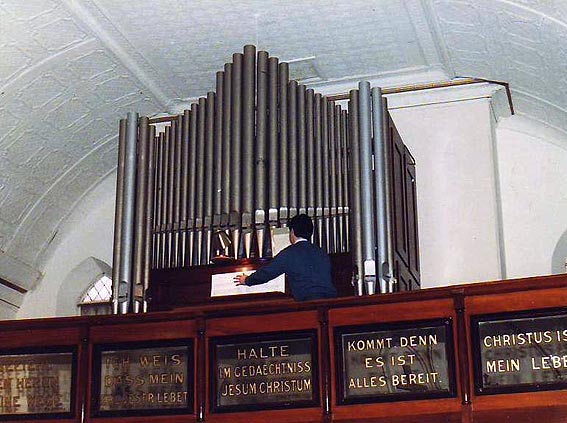
Photo: JRM (1986)
| Manual Principal Bourdon Salicional Oktav Rohrflöte Pedal Sub Bass Couplers Bass Koppel zu Man. Super Oktav Koppel Man. Pedal Koppel Super Oktav Koppel Ped. |
8 8 8 4 4 16 |
Compass: 56/30
Mechanical action
3 combination pedals
Recordings
John Stiller plays:
From
the 2009 OHTA Conference Book,
David Shield writes:
The
Lutheran congregation in Eden Valley was formed in the year 1858 by Pastor
H.A.E. Meyer of Bethany and consisted of five families. A dual purpose building for school and
church was constructed with Daniel Lemke the first teacher. There was no pipe organ until 1938.
Daniel
Lemke came to Eden Valley in 1862.
Living at Parrot Hill, he had been teaching at Gruenberg from 1860. Pastor Meyer officiated at Lemke’s
marriage in April 1861 to Caroline Saegenschnitter at Gnadenberg, and they
started a family, his son Gustav being born in February 1862. At some point he was called to teach at
Eden Valley, perhaps at the instigation of Meyer, for on the 18th September he
was witness to the transfer of land from William Lillicrap of Gumeracha, to the
Trustees of the Lutheran church at Eden Valley. For the sum of £15, the land was conveyed on special trust
to erect a schoolhouse and a residence for the schoolmaster. The schoolroom was also to be used as a
church with part of the land for a burial ground.1 The building was completed by December
[1862] and, owing to Meyer’s illness, was dedicated by Pastor Oster.
At
Eden Valley, Lemke purchased two acres (0.8 ha) of land. Presumably he, with his young family,
intended settling. His second
child, Albertine Martha was born on 1 August 1864. A third child was also born here, Matilda Emma on 8 July
1866, but died five months later on 18 December 1866 and is buried at Eden
Valley.2
By
the year 1868, the congregation had grown to 50 families. Pastor Oster was succeeded by Pastor
C.A. Heusel of Birdwood thus linking the congregation with the Birdwood Parish. Lemke left Eden Valley and returned to
Moculta and the school at Gruenberg.3
In
1892, the church was rebuilt. The
straw roof was removed and replaced with galvanised iron. The walls were raised by two feet
(0.6m) and Gothic style windows were put in, along with a matchboard ceiling.
The
church minutes confirm there was a harmonium as early as 1895, if not
before. In 1900, the school
required “a teacher (who) must be able to teach children in German and English,
play the harmonium, lead in the singing and perform the deacon’s duties”. That same year, the pulpit was damaged
by white ants and was to be repaired and placed “so that the organ could be
placed at right side of same.” In
1906, repairs and tuning was required to be paid from the “pastors and Teachers
treasury”.4
By
1910, the building was inadequate to contain the congregation. At a meeting in July it was decided to
erect a new church 59 feet long, 28 feet wide and with walls 16 feet high (18m
x 8.5m x 4.9m). The foundation
stone was laid on 17 January 1912.
After
Mr A. Armstrong had completed the masonry work for £367, a further £55 saw G.
Drogemuller add steeple, church and vestry roofs plus the ceiling. The church ladies donated the bell for
the steeple at a cost of approximately £100. Ordered from Germany, the bell was cast in bronze by F
Schilling Söhne of Apolda. Ringing
out the note A, it has a mouth diameter of 905mm and weighs 419kg.5
By
1923 it was decided a new organ should be acquired as soon as possible. Nothing transpired. Two years later, Mr Geier (sic) offered
to repair the instrument provided someone would fetch him from Angaston and
return him there. This the pastor
did and the decision again deferred.
The repair was again raised in December 1929 and the matter of buying a
new organ was to be discussed at the annual general meeting in 1930. Eventually a committee was formed to
enquire into its purchase, a sum of £50 being allowed for same. Procrastination again occurred, the
brethren remaining after church to decide that the purchase of a second hand
organ be definitely postponed and that the present organ be taken to Mr Geier
for repairs.6
It
was not until 1938 that the church was again refurnished. At this time a new altar, pulpit,
lectern and christening font were purchased from Mr Tamke of Nuriootpa (for £198). Finally, the pipe organ was to be
acquired from Mr Geyer of Tanunda for £390.7 In September Geyer was asked to install
the new organ for the old organ and an additional sum of £10 if necessary. A deposit of £50 was to be paid with £150
after installation, the balance in 3 months. A month later the congregation voted as to where the organ
was to be located, 12 members opting for the choir in the west gallery 10
remaining neutral. And so, after
the event, it was minuted on 29 January 1939 that the organ had been purchased
and was dedicated to the Service of God 13 November 1938, the 22nd Sunday after
Trinity.8
Theo
Geyer, choirmaster and organist at Langmeil Thanksgiving Church Tanunda,
apparently purchased the organ in Germany, built by August Laukhuff,
Weikersheim. Geyer visited his
homeland for 18 months in 1907 and again briefly in 1927.9 It has yet to be confirmed when the
organ was purchased, and whether for personal use or other reasons. The organ remained in Geyer’s home
before sale to Eden Valley. It is
an exceptionally fine example of turn-of-the-century German organbuilding.10
August Laukhuff c.1907; installed Eden Valley
1938
1 manual, 6 speaking stops, mechanical action
|
MANUAL
|
|
|
Principal
|
8
|
|
Bourdon
|
8
|
|
Salicional
|
8
|
|
Oktav
|
4
|
|
Rohrflöte
|
4
|
|
Bass Koppel zu Man
|
|
|
Super Oktav Koppel Man
|
|
|
PEDAL ORGAN
|
|
|
Sub Bass
|
16
|
|
Super Octav Koppel Ped
|
|
|
Pedal Koppel
|
|
compass 56/30
attached stopkey console
3 composition pedals
Location: west gallery
Electric motor &
blower provided W.L. Roberts, 1953
_________________________________________________________________________
1 Lutheran archives, Eden
Valley File: Indenture of Conveyance dated 18 September 1862
2 Correspondence: Merv Adam to D. Shield
16 April 1996; SLSA Indexes of Births Death Marriages: Albertine 1864 44.479;
Matilda 1866 birth 44/409, death 99 0025
3 Pamphlet: Centenary
of St Peter Evangelical Lutheran Congregation Eden Valley 1862-1962, 25 November 1962.
4 English translation of Minutes
of Eden Valley Lutheran Church in
Lutheran Archives, Adelaide: 27 March 1895, p.31; 4 June 1900, p.46; 19 August
1900, p.48; 7 January 1906, p.58
5 Bagot H., ‘Bells of the
Barossa’, Journal of Friends of Lutheran Archives, no 10 (October 2000), p.14
6 Minutes, op.cit. 6 May 1923, p.121; 1
February 1925, p.124; 3 December 1929, p.130; 8 March 1931, p.132; 10 March
1931, p.133; 13 June 1931, p.134
7 Centenary pamphlet,
op.cit.
8 Minutes, op.cit. 25 September 1938, p.149, moved C. Roesler
seconded Alb. Pumpa; ibid., 9 October 1938; ibid., 29 January 1939, p.150
9 Langmeil Church
Choir A History (c 1999), p.8
10 Notes to Move Records
CD MD 3166, Historic Organs of the Barossa Valley vol. 2 John Stiller and Christopher Dearnley, pp. 8-9
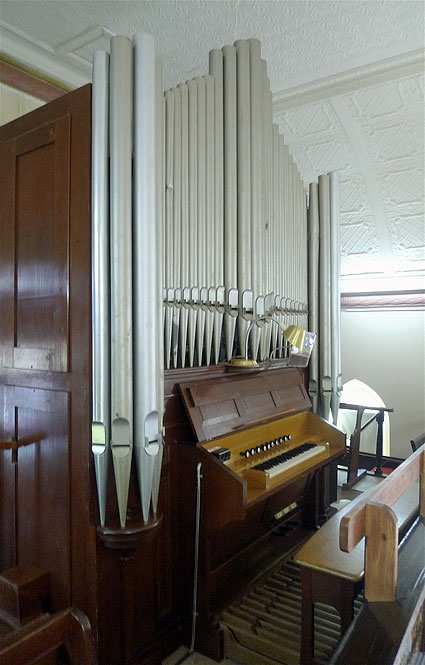 |
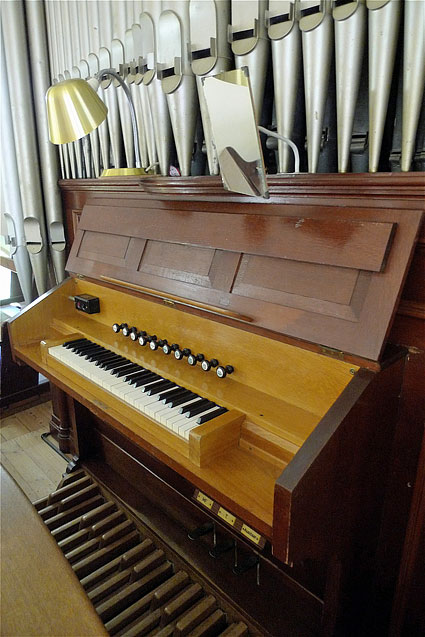 |
|
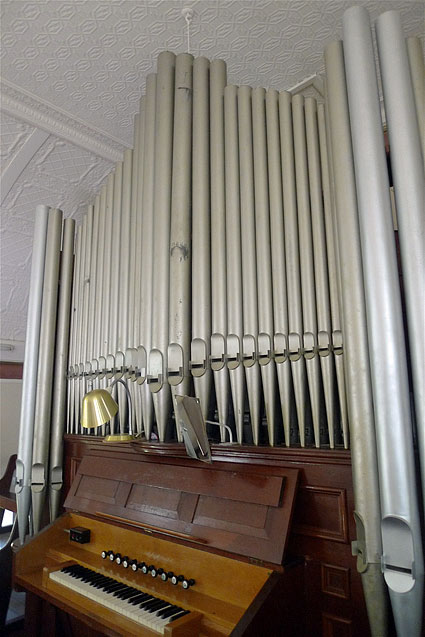
|
||
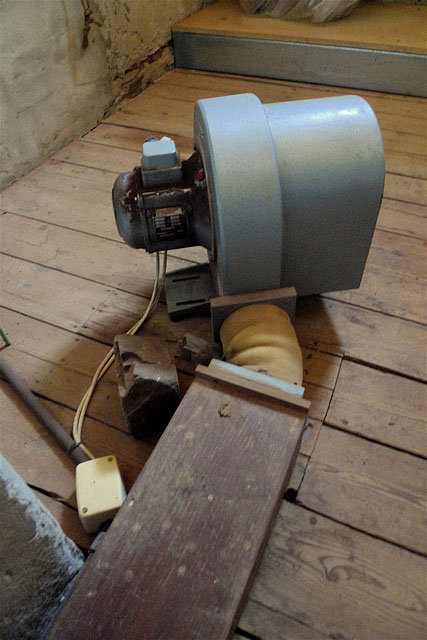 |
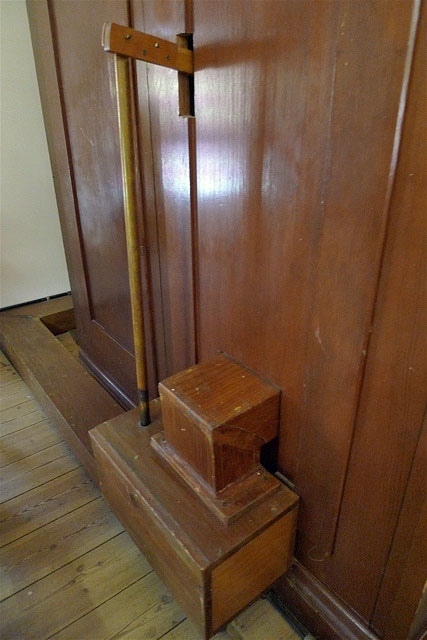 |
|
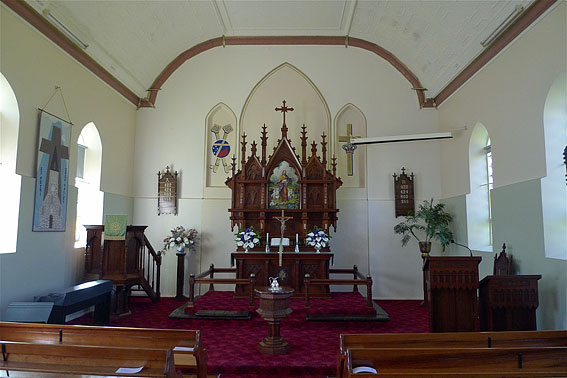
|
||
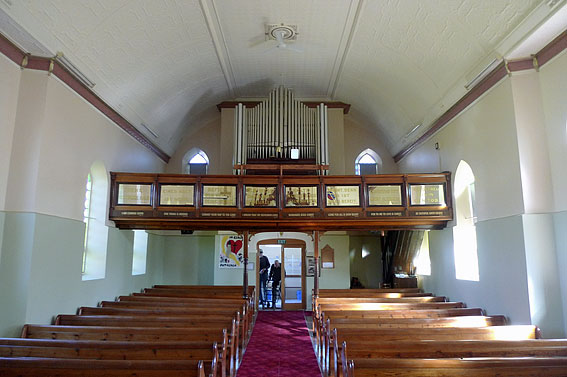
|
||

|
||
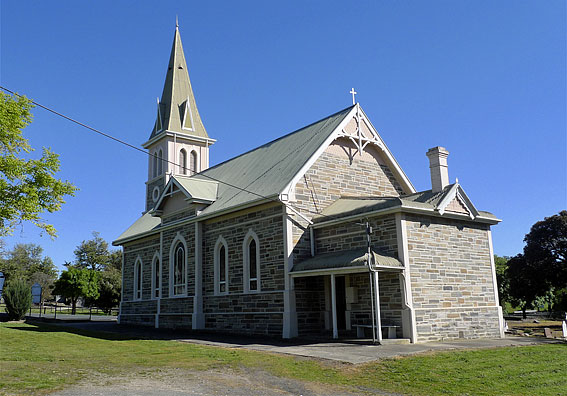
|
||
Photos: Trevor Bunning (Oct 2009)

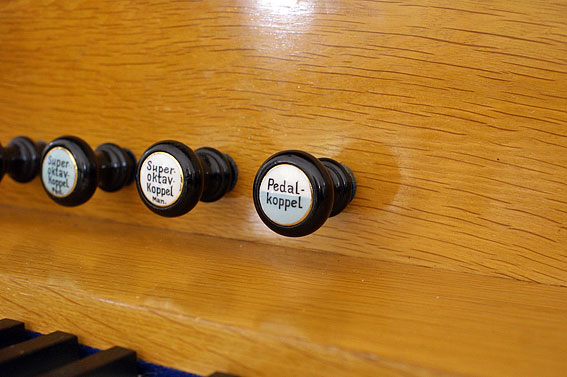
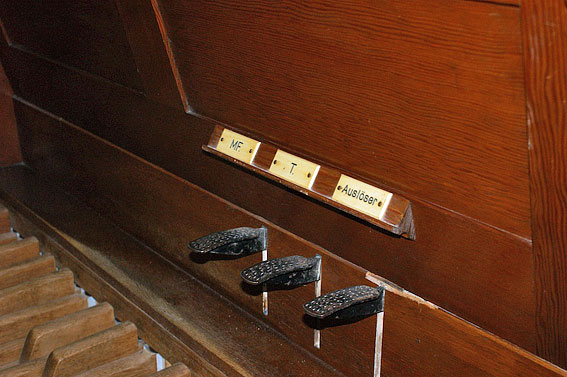
3 photos above: Rodney Ford (Oct 2009)
